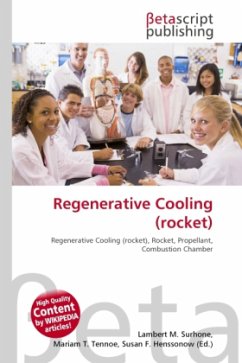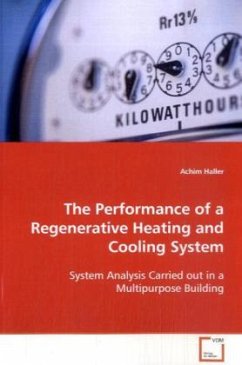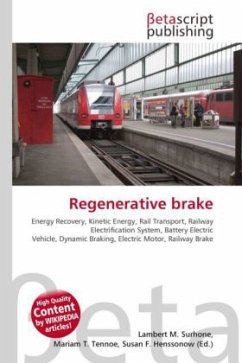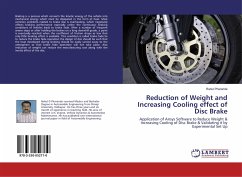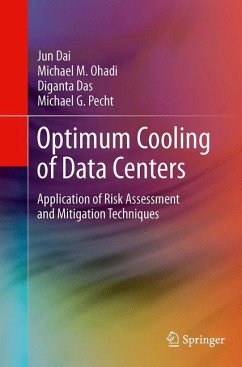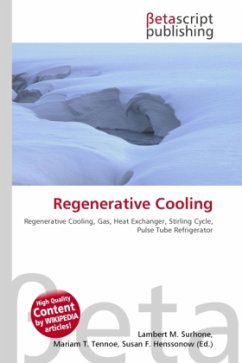
Regenerative Cooling
Versandkostenfrei!
Versandfertig in 6-10 Tagen
23,99 €
inkl. MwSt.

PAYBACK Punkte
12 °P sammeln!
Regenerative cooling is a method of cooling gases in which compressed gas is cooled by allowing it to expand and thereby taking heat from the surroundings, the cooled expanded gas then passes through a heat exchanger where it cools the incoming compressed gas.1857 - Siemens introduced the Regenerative cooling concept with the Siemens cycle, in 1895 independent from each other William Hampson in England and Carl von Linde in Germany obtained patents for the Hampson-Linde cycle to liquefy air using the Joule Thomson expansion process and regenerative cooling On 10 May 1898, James Dewar used rege...
Regenerative cooling is a method of cooling gases in which compressed gas is cooled by allowing it to expand and thereby taking heat from the surroundings, the cooled expanded gas then passes through a heat exchanger where it cools the incoming compressed gas.1857 - Siemens introduced the Regenerative cooling concept with the Siemens cycle, in 1895 independent from each other William Hampson in England and Carl von Linde in Germany obtained patents for the Hampson-Linde cycle to liquefy air using the Joule Thomson expansion process and regenerative cooling On 10 May 1898, James Dewar used regenerative cooling to become the first to statically liquefy hydrogen.



